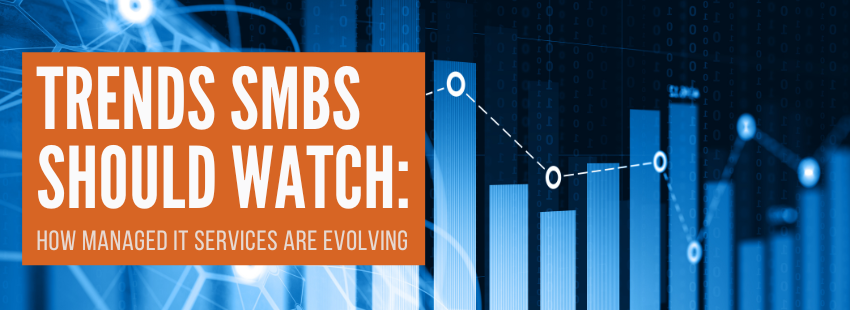Cyberattacks are on the rise for businesses of every size and type in 2021. As companies look towards their strategies for 2022, more and more business owners are looking for how they can protect their business and customers from this risk.
For SMBs, the impact of a data breach can be especially significant. While a large enterprise likely has the financial and technical resources to respond more quickly to and recover from a cyberattack, an SMB may not be so lucky. In fact, around 60 percent of small businesses have been found to go out of business within six months of experiencing a cyberattack.
Companies that handle sensitive customer information could be particularly vulnerable, including credit card information, medical data, Social Security numbers, customer personal information, and other areas. Businesses that handle this type of data can include retailers, healthcare organizations, or financial service providers. That said, any business can be the target of and see significant impacts from a cyberattack.
However, the solution to mitigating this growing risk doesn’t always have to be the latest and greatest technology. Many businesses are now also looking to cyber insurance to help.
Cyber insurance is a policy that is designed to mitigate the costs associated with a data breach or other type of cyberattack. These costs can include notifying customers of the breach, credit monitoring services for customers, paying for any impacts to those customers, restoring business function, public relations, and repairing damaged systems. The total of all these costs can be pretty significant, with the average data breach in 2021 costing $4.24 million, according to IBM.
There are two primary types of cyber insurance that a business can apply for. First-party coverage (also called data breach insurance) includes many of the costs above that are direct expenses involved in responding to and recovering from a cyberattack. Third-party coverage, meanwhile, covers a business if it were to be sued by a client for failing to protect them from the attack adequately.
Like the many other types of insurance we might have, the cost of cyber insurance varies greatly depending on the size of the business, level of coverage needed, and industry. That said, many businesses find the cost of cyber insurance is not as much as they might expect it to be, especially when considering the high costs that they may face in the event of a data breach. SMBs considering implementing cyber insurance should start with their current managed service provider (MSP), who can help them evaluate the policy coverage that is right for them.
While cyberattacks reached new record levels in 2021, the reality is that they are unlikely to slow down any time soon. As we go into 2022, SMBs should consider how they can mitigate some of the risks and costs associated with these attacks to ensure they can provide the best support for their customers for many years to come.





